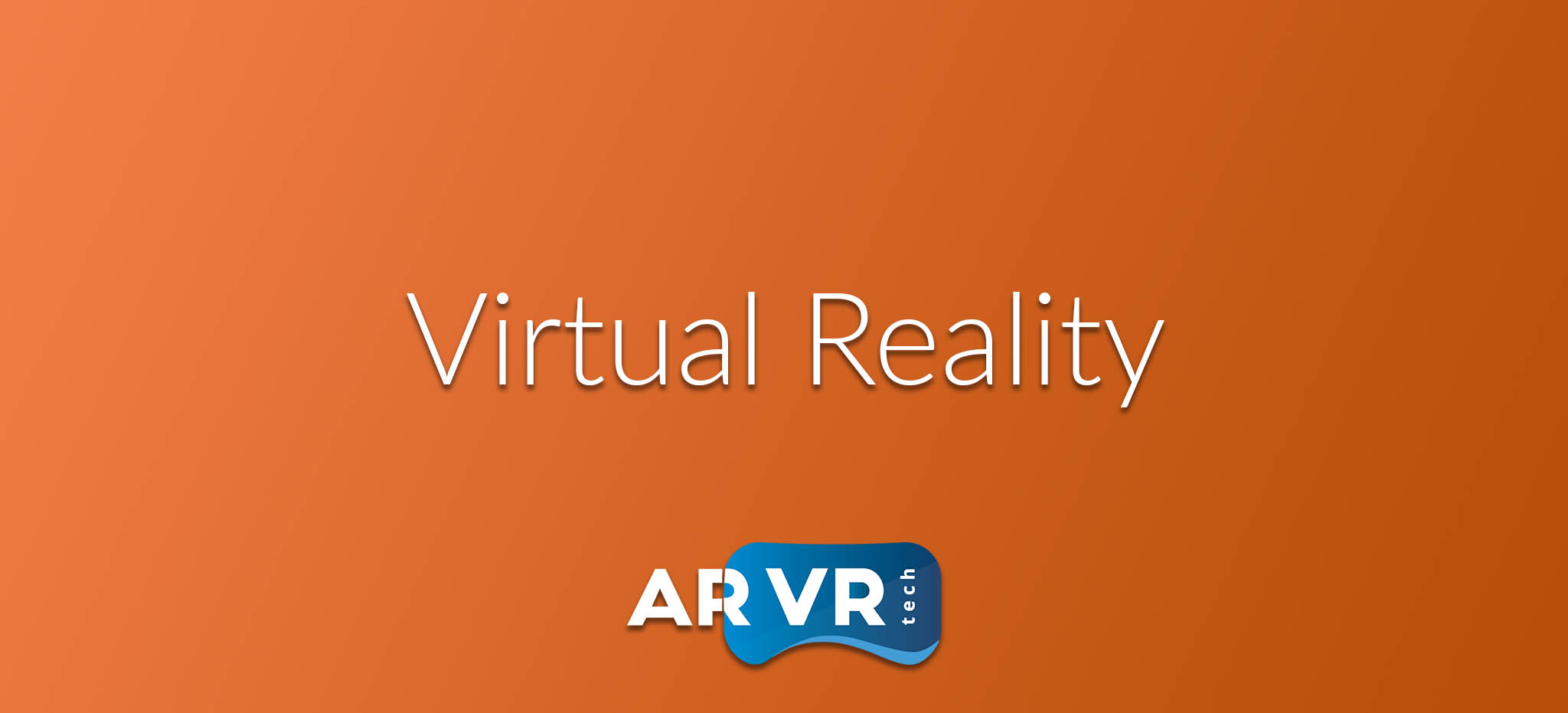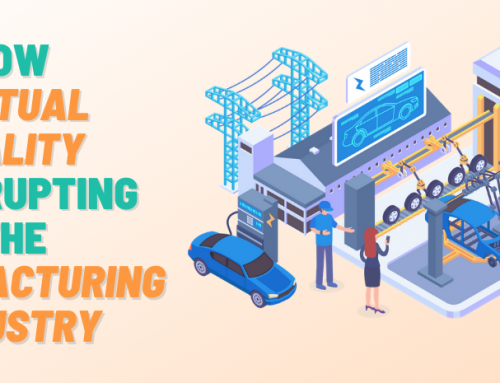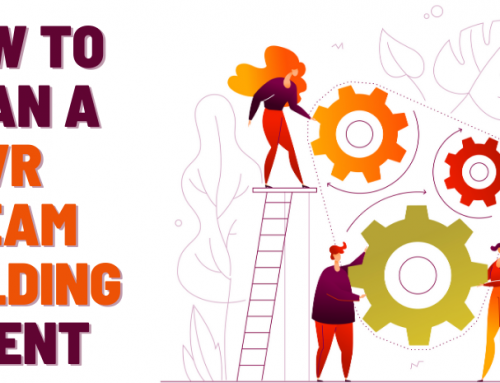
If we think about the factories from the age of Henry Ford and factories of the 21st century the difference is striking. Many industrial complexes and factories integrate advanced technologies in order to ensure greater productivity, better working conditions for its employees, as well as to optimize processes according to the requirements of Industries 4.0.
According to experts in the field, the smart factory actually is a production system where events happening at any part of the factory or on its floor can be sent into the cloud, where the information can be processed further.
Many points and areas in the factory contribute to feeding this digital thread, but still shopping floor is perceived as one of the most important ones.
Also, thanks to Artificial Intelligence the data circulates between manufacturing planning, product sector and the factory management.
Here we may touch upon three opportunities when virtual reality makes the factory smart:
1. PROVIDE VR EDUCATION ON THE FACTORY FLOORS
When work environments are transferred into the virtual world, the companies can actually train their staff in a more affordable and much safer way.
This is particularly obvious for situations in hazardous environments, or factory areas that are difficult to access.
For instance, at the National Training Academy for Rail in Northampton, engineers experience immersive trainings while they view 3D models in Oculus VR headsets. As a result, trainees learn the ins and outs of safety recommendations and factory processes.
Likewise, ARVRtech had a great privilege to work with LafargeHolcim on their digital transformation project. The VR app helped them to train their staff for safety measures and presentation of the manufacturing processes; also it positioned them as the company utilizing the latest technology and setting new standards in the community. Apart from the online activity, the live event was created such as Open Day in LafargeHolcim cement plant in Mannersdorf .
2. OPTIMIZE YOUR WORKFLOW BY CREATING A SIMULATION OF THE FACTORY FLOOR OR THE NEW PRODUCT LINE WITH VIRTUAL MANUFACTURING
Right now in many industries VR is implemented for product design, while at Balfour Beatty Rail VR helps in engineering for planning and prototyping.
Also, time-saving VR and AR design helped the Electric car start-up Faraday Future to create its first concept car, the FFZERO1, from the design room and from scratch in just 18 months. VR is used at Ford in such a way that Mr Henry Ford would be proud and would have led this digital transformation process.
Each new vehicle can be launched at Ford as the process of virtual assembly is simulated, which gives the space to the factory to estimate how much workforce effort will be needed in order to build a vehicle, where are the potential bottlenecks and areas that may cause fatigue and injury at the workplace.
“The virtual process has been deployed in all regions for vehicle operations manufacturing engineering and power train manufacturing engineering. And we’ve seen a 90 per cent decline in manufacturing-driven issues found during prototype build and launch,” says Gene Coffman, technical leader for virtual manufacturing at Ford. In these cases data is at the service of people, helping at smarter and better recommendations.
3. INTERACT DIRECTLY AND DIGITALLY WITH THE ENVIRONMENT YOU WOULD BE ACTUALLY WORKING IN
Finally, thanks to VR for smart factories we may understand the design process of certain objects and prototypes, while the creators have the potential to improve worker safety and ergonomics thanks to VR and AR technologies.
Hololens is another device that helps smart factories, helping clients with the solutions in the Mixed Reality format rather than traditional VR and AR. Some of Hololens avid users are Nasa, Dassault Systèmes, Trimble and others which actually develop industrial uses for holographic computing experiences.
And to get back to Ford, representing voices of car manufacturers ready for digital transformation. In virtual manufacturing efforts, people are focused to design a vehicle properly and early on, while digital analysis before any physical builds is done.
According to Garin Gardiner, senior business development manager in manufacturing at Autodesk mixed reality transform work processes with numerous stakeholders. “Mixed reality changes every aspect of how you work with your data, environment, peers and customers’’ Garin compares this tremendous change to the effects that the cloud brought to the increased collaboration. In his words, ‘‘Mixed reality takes this one step further by allowing us to interact directly with the environment in which we’re creating – in 3D.”
To sum up, these examples show how smart solutions in Industries 4.0 close the gap between digital and real worlds and uplift the work of people involved in the process.


